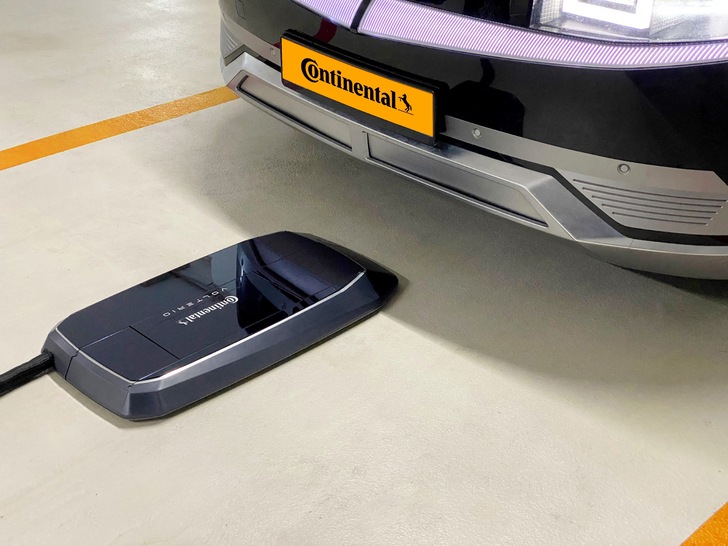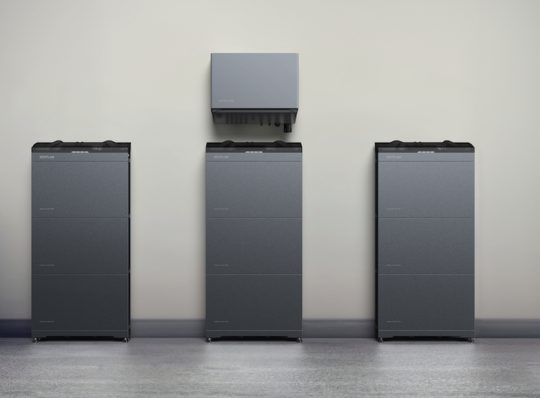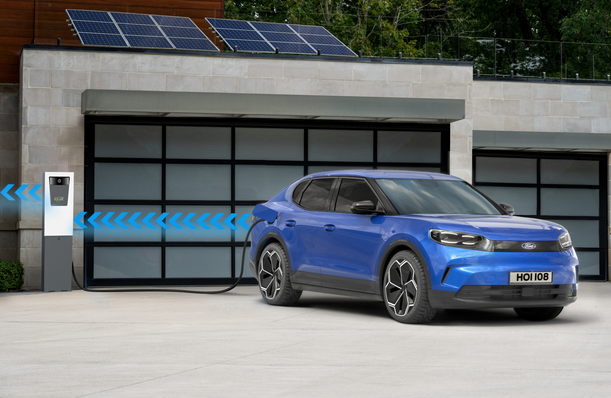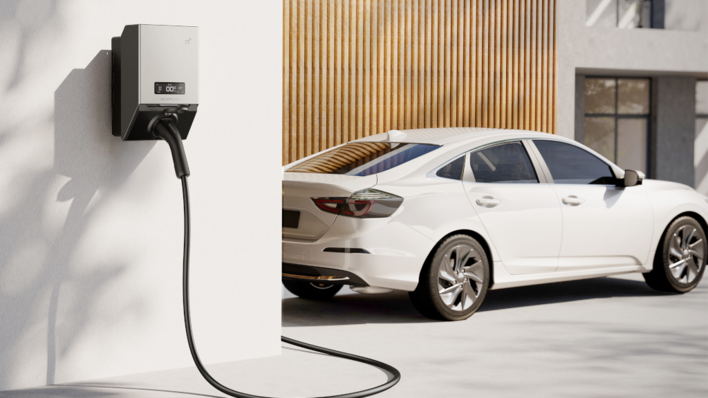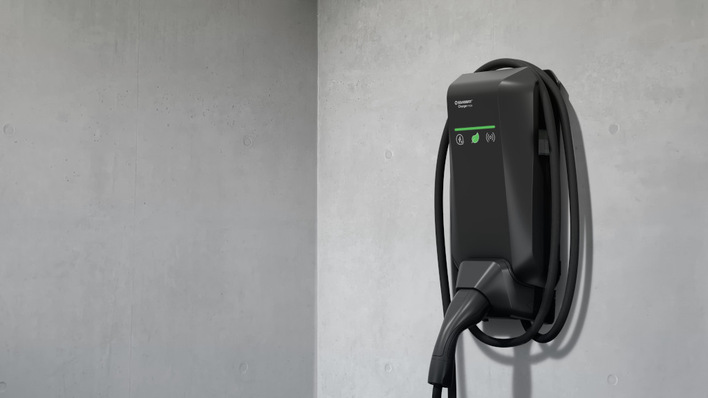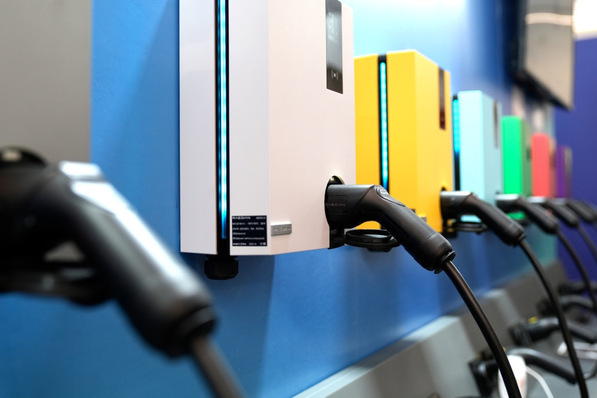To this end, Continental Engineering Services (CES) and Volterio have now officially entered into a partnership that will see the latter develop the first near-production systems for the jointly designed charging robot by mid-2022. With CES meeting all necessary certification criteria of the automotive industry, it will then also develop the system to production maturity and ultimately take over the production of the charging robot. Volume production of the system is planned for 2024 and will take place in Germany. Both companies had previously researched similar charging robot solutions simultaneously.
The automatic charging solution comprises two components: one unit on the underside of the vehicle and another on the garage floor. As soon as the car is parked, the two components connect automatically via a smart system, which among other options is controlled via ultra-broadband – a radio-based communication technology for short-range data transmission. A practical advantage of this is that the car does not have to be parked accurately. The charging robot corrects for deviation of up to 30 centimetres from the ideal parking position. It is also irrelevant what angle a vehicle is positioned in relation to the floor unit. The conical design of the physical connector between the floor and vehicle unit compensates for any alignment.
Prepared for self-parking EVs
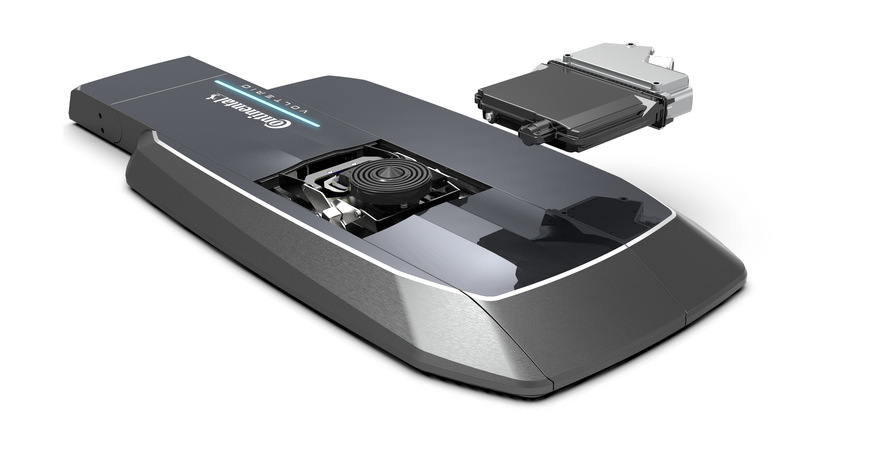
Continental
In this system, the electricity of up to 22 kilowatts AC flows through a physical connection, just as it does in conventional charging stations. This means that – unlike wireless inductive charging via a magnetic field – hardly any energy is lost in transmission. Also, the robot technology makes charging convenient: Unlike charging stations, users no longer have to worry about any aspect of charging, such as handling heavy, potentially dirty or wet charging cables. The charging process is initiated automatically. Furthermore, communication between the ground and vehicle units via ultra-broadband ensures that the vehicle and charging robot are aligned prior to charging with centimetre precision – the user can park relatively casually, the technology does not require accurate parking.
See also: Shell replaces fuel pumps with ultra-rapid charge points in London
The system is also straightforward and quick to install. For example, the floor unit can simply be placed on the garage floor or bolted down. The technology already offers what will be essential in the future: if vehicles drive fully automatically and also park themselves in parking garages, automated charging solutions are expected to be part of everyday automotive life. (mfo)


